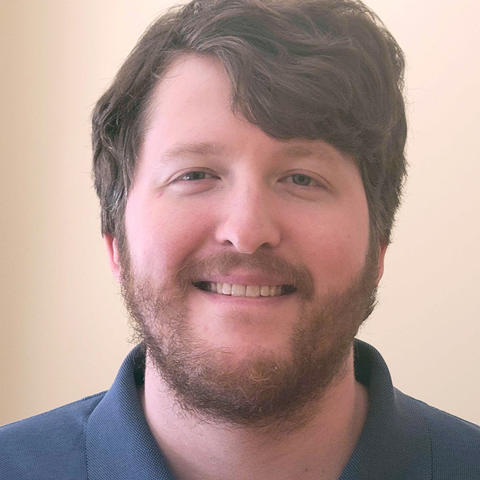
Caption
Zipangani Vokhiwa, a professor of science at Mercer University, (right) testifies before the Senate Outdoor Learning Study Committee chaired by Sen. Sheikh Rahman, a Democrat from Lawrenceville (left).
Credit: Sam Sinclair/Fresh Take Georgia

